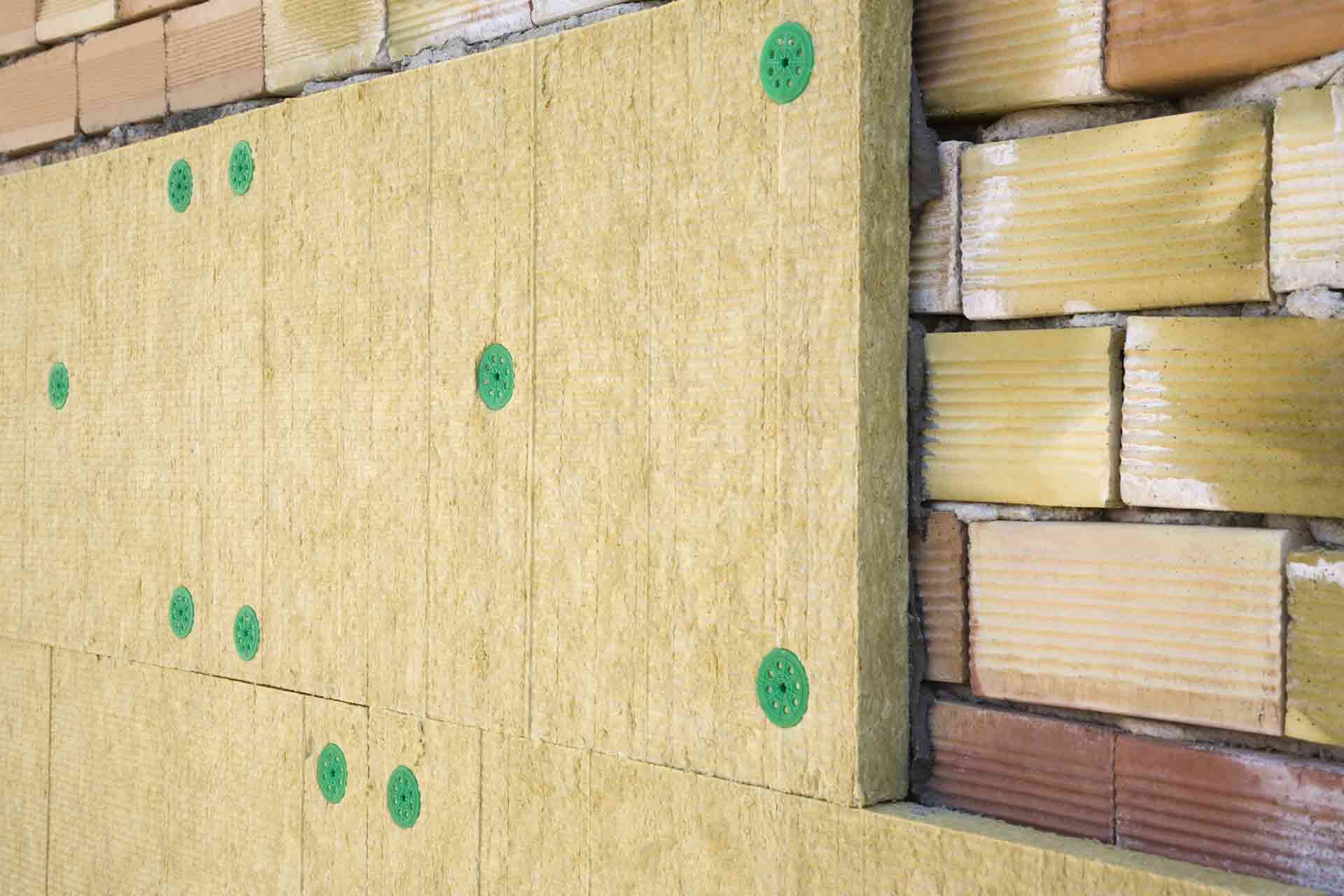

Articles
What Insulation To Use For Exterior Walls
Modified: March 23, 2024
Discover the best insulation options for exterior walls in our informative articles. Improve energy efficiency and reduce heat loss with the right insulation choice.
(Many of the links in this article redirect to a specific reviewed product. Your purchase of these products through affiliate links helps to generate commission for Storables.com, at no extra cost. Learn more)
Introduction
When it comes to insulating the exterior walls of your home, choosing the right type of insulation is crucial. Proper insulation not only helps regulate the temperature inside your home and reduce energy costs, but it also plays a key role in providing comfort and soundproofing.
In this article, we will explore various types of insulation options available for exterior walls and discuss their benefits and considerations. Whether you’re building a new home or renovating an existing one, understanding the different insulation materials will help you make an informed decision.
Insulation acts as a barrier, preventing the transfer of heat between the interior and exterior of your home. It helps maintain a comfortable indoor temperature and reduces the need for excessive heating or cooling. By minimizing heat loss or gain, insulation also reduces energy consumption and lowers utility bills.
Additionally, insulation provides sound dampening qualities, preventing external noises from entering your home and reducing noise transfer between rooms.
Now, let’s explore the different types of insulation commonly used for exterior walls.
Key Takeaways:
- Choose the right insulation for your exterior walls based on factors like climate, budget, and installation complexity to create a comfortable and energy-efficient home.
- Consider fiberglass, cellulose, spray foam, or rigid foam insulation, weighing their costs and long-term benefits to make a cost-effective decision. Professional installation and proper techniques are crucial for maximizing insulation performance.
Types of Exterior Wall Insulation
Choosing the right type of insulation for your exterior walls is essential to achieve optimal energy efficiency and comfort. Here are four common types of insulation materials used:
- Fiberglass Insulation: Fiberglass insulation is one of the most popular options for both residential and commercial buildings. It is made of tiny glass fibers and comes in batts or rolls. Fiberglass insulation is known for its affordability, ease of installation, and resistance to moisture. It provides good thermal performance and can be used in both framed and masonry walls. However, proper protective gear should be worn during installation due to the potential for skin irritation.
- Cellulose Insulation: Made from recycled paper and treated with fire retardants, cellulose insulation is an environmentally-friendly option. It is typically blown into wall cavities and provides excellent thermal performance. Cellulose insulation also has superior soundproofing qualities and is resistant to mold and pests. However, it requires professional installation and may settle over time, reducing its effectiveness.
- Spray Foam Insulation: Spray foam insulation is a versatile option that expands upon application, filling gaps and creating an airtight seal. This type of insulation provides excellent thermal resistance and acts as a barrier against moisture, air infiltration, and noise. It can be sprayed onto the walls as a liquid and expands to fill the space. While spray foam insulation offers outstanding performance, it is more expensive than other options and requires professional installation.
- Rigid Foam Insulation: Rigid foam insulation, also known as foam boards, is a lightweight material commonly made from polystyrene, polyisocyanurate, or polyurethane. It offers high thermal resistance and can be used in both new construction and retrofitting projects. Rigid foam insulation is easy to install and provides excellent moisture resistance. It is often used in conjunction with other insulation materials for optimal performance. However, it can be more expensive than other options and may require additional protection when exposed to direct sunlight.
Each type of insulation has its own pros and cons, so it’s important to consider factors such as budget, climate, and building requirements before making a decision. Now that we’ve covered the different types of insulation available for exterior walls, let’s discuss the factors to consider when choosing the right insulation for your home.
Fiberglass Insulation
Fiberglass insulation is one of the most common and widely used types of insulation for exterior walls. It is made of tiny glass fibers that are spun and woven together to create a soft and flexible material.
One of the primary advantages of fiberglass insulation is its affordability. It is generally less expensive than other insulation materials, making it a popular choice for homeowners on a budget.
Installation of fiberglass insulation is relatively simple and can be done by homeowners themselves. It typically comes in pre-cut batts or rolls, which can be easily fitted into the wall cavities. However, it’s important to wear protective gear when handling fiberglass insulation to avoid skin irritation and respiratory issues.
Fiberglass insulation provides good thermal performance by trapping air pockets within its structure. This helps to reduce heat transfer through the exterior walls, keeping the indoor temperature more stable and comfortable. It also has the ability to resist moisture, preventing mold and mildew growth within the walls.
Another benefit of fiberglass insulation is its sound absorption properties. It helps to reduce noise transmission, creating a quieter and more peaceful living environment.
However, there are a few considerations to keep in mind when using fiberglass insulation. It is not as effective in insulating against air leakage, as the material itself is permeable. This means that extra measures may need to be taken to ensure a complete air seal in the walls.
Fiberglass insulation can also settle over time, reducing its insulation effectiveness. This may require additional insulation to be added in the future to maintain optimal thermal performance.
Overall, fiberglass insulation is a cost-effective option for insulating exterior walls. It offers good thermal performance, sound absorption, and moisture resistance. However, proper installation techniques should be followed, and additional measures may be needed to address air leakage and settling over time.
Cellulose Insulation
Cellulose insulation is an environmentally-friendly option for insulating exterior walls. It is made from recycled paper that is treated with fire retardants, making it resistant to flames and pests.
One of the major advantages of cellulose insulation is its excellent thermal performance. The dense fibers of cellulose insulation create a barrier that effectively slows down heat transfer, helping to maintain a comfortable indoor temperature throughout the year.
Cellulose insulation is typically installed by blowing it into the wall cavities, ensuring a uniform coverage and filling any gaps or voids. This method allows for easy installation in both new construction and retrofit projects.
In addition to its thermal properties, cellulose insulation also offers superior soundproofing qualities. The dense fibers absorb and reduce noise, creating a quieter and more peaceful living environment.
Another advantage of cellulose insulation is its resistance to mold and pests. The fire retardants and borate additives used in the manufacturing process make it less susceptible to these issues, promoting healthier indoor air quality.
However, there are a few considerations to keep in mind when using cellulose insulation. Unlike other types of insulation, cellulose can settle over time, reducing its insulation effectiveness. This may require periodic checks and additional insulation to maintain its performance.
Furthermore, cellulose insulation should be installed by professionals who have experience and expertise in the process. The proper equipment and techniques are needed to ensure that the insulation is evenly distributed and properly compacted for optimal performance.
Overall, cellulose insulation is a sustainable and effective option for exterior wall insulation. It offers excellent thermal and soundproofing properties, as well as resistance to mold and pests. However, proper installation and periodic maintenance are essential to maximize its performance and longevity.
Spray Foam Insulation
Spray foam insulation is a versatile and highly effective option for insulating exterior walls. It is applied as a liquid that expands and hardens into a solid foam, creating a seamless and airtight barrier.
One of the key advantages of spray foam insulation is its superior insulation performance. It offers excellent thermal resistance by creating an insulating barrier that helps to keep the indoor temperature stable and reduce energy consumption.
The expanding properties of spray foam insulation allow it to fill and seal gaps, cracks, and voids in the wall cavities. This eliminates air leakage, preventing drafts and reducing heat loss or gain. The airtight seal also helps to minimize the infiltration of moisture, dust, and pollen, resulting in improved indoor air quality.
Additionally, spray foam insulation has exceptional soundproofing qualities. It absorbs and reduces noise transmission, creating a quieter and more comfortable living environment.
Another advantage of spray foam insulation is its versatility in application. It can be used in various types of wall construction, including wood framing, concrete, and steel. It can also be easily applied to irregular or hard-to-reach areas, ensuring complete coverage and insulation performance.
However, there are a few considerations to be aware of when using spray foam insulation. First, professional installation is recommended as it requires specialized equipment and expertise to ensure proper application. The process involves mixing and spraying chemicals, so it’s important to follow safety guidelines and wear protective gear.
Another consideration is the cost of spray foam insulation. It is generally more expensive than other insulation materials, primarily due to the labor-intensive installation process and the specialized equipment required.
Additionally, spray foam insulation can expand and put pressure on the walls if not properly installed. This can cause structural issues, so it’s important to hire a professional who understands the correct techniques.
Despite these considerations, spray foam insulation is an excellent choice for achieving superior insulation and air sealing in exterior walls. Its thermal resistance, soundproofing capabilities, and versatile application make it a popular option for energy-efficient homes.
When insulating exterior walls, consider using materials such as fiberglass, mineral wool, or foam board to provide effective thermal resistance and moisture control. Each material has its own advantages, so be sure to choose the one that best suits your specific needs and budget.
Rigid Foam Insulation
Rigid foam insulation, also known as foam boards, is a lightweight and durable option for insulating exterior walls. It is commonly made from polystyrene, polyisocyanurate, or polyurethane.
One of the main advantages of rigid foam insulation is its high thermal resistance. It offers excellent insulation properties, helping to reduce heat transfer and maintain a consistent indoor temperature.
Rigid foam insulation can be used in both new construction and retrofitting projects. It is available in various thicknesses and can be easily cut to fit the desired size and shape. The foam boards are lightweight and can be secured in place using adhesive or mechanical fasteners.
In addition to its thermal properties, rigid foam insulation provides moisture resistance. It acts as a barrier against moisture penetration, preventing water damage and the growth of mold or mildew within the walls.
Another advantage of rigid foam insulation is its versatility in application. It can be used in combination with other insulation materials to achieve optimal performance. It is particularly effective in insulating concrete walls, where it provides a continuous layer of insulation without any gaps or voids.
However, there are a few considerations to keep in mind when using rigid foam insulation. First, the material can be more expensive compared to other insulation options. The initial cost may be higher, but the long-term energy savings and durability of the material can outweigh the investment.
Another consideration is the need for additional protection when exposed to direct sunlight. Rigid foam insulation can be susceptible to damage from ultraviolet (UV) rays, so it is important to use proper coatings or coverings to protect the material if it will be exposed to sunlight.
Furthermore, rigid foam insulation should be properly installed to ensure a tight and continuous seal. Any gaps or seams should be sealed to prevent air leakage and maintain the insulation’s effectiveness.
Overall, rigid foam insulation is a reliable and efficient option for insulating exterior walls. Its high thermal resistance, moisture resistance, and versatility make it a popular choice among homeowners and builders looking for long-lasting and energy-efficient insulation solutions.
Factors to Consider When Choosing Insulation
Choosing the right insulation for your exterior walls requires careful consideration of several factors. Each insulation type has its own advantages and considerations, so it’s important to evaluate these factors to make an informed decision.
- Climate: Consider the climate in your area. If you live in a region with extreme temperatures, you’ll need insulation with a high thermal resistance. Understanding your climate will help you determine the appropriate R-value for your insulation, which measures its resistance to heat flow.
- Budget: Determine your budget for insulation. Different insulation materials vary in cost, so it’s important to find a balance between your budget and the desired insulation performance. Remember to consider long-term energy savings when evaluating your budget.
- Installation Method: Consider the installation method and complexity. Some insulation materials require professional installation, while others can be installed as a DIY project. Take into account your skills and knowledge when deciding which material to use.
- Environmental Impact: Assess the environmental impact of the insulation material. Look for options that are made from recycled or sustainable materials. Additionally, consider the long-term durability and energy efficiency of the insulation to reduce your carbon footprint.
- Safety Measures: Consider any safety measures associated with the insulation material. Some materials, such as fiberglass, require protective gear during installation to prevent skin or respiratory irritation. Ensure that you are comfortable and willing to follow the necessary safety precautions.
- Moisture Resistance: Evaluate the moisture resistance of the insulation material. Moisture can cause issues such as mold growth and reduced insulation effectiveness. Choose an insulation material that has appropriate moisture resistance for your climate and building construction.
- Noise Reduction: Determine the level of noise reduction you desire. Some insulation materials, such as cellulose, have superior sound absorption properties, making them ideal for reducing noise transmission inside and outside the home.
- Longevity: Consider the lifespan and durability of the insulation material. Look for options that will not degrade over time or settle excessively, as this can compromise insulation performance.
- Building Codes: Ensure that the insulation material you choose meets the required building codes and standards in your area. Code compliance is essential for safety and efficiency.
By carefully evaluating these factors, you can select the insulation material that best suits your needs, climate, budget, and environmental considerations. Remember to consult with professionals and gather expert advice to make an informed decision.
Cost Comparison of Different Insulation Types
When choosing insulation for your exterior walls, cost is an important factor to consider. The cost of insulation can vary depending on factors such as the type of material, the area to be insulated, and the complexity of the installation. Here is a cost comparison of different insulation types:
- Fiberglass Insulation: Fiberglass insulation is one of the most affordable options available. It is relatively inexpensive, especially when compared to other insulation materials. The cost generally ranges from $0.50 to $1.50 per square foot.
- Cellulose Insulation: Cellulose insulation is slightly more expensive than fiberglass. The cost typically ranges from $0.75 to $1.50 per square foot. While it may be a bit pricier, cellulose insulation offers superior thermal and soundproofing properties.
- Spray Foam Insulation: Spray foam insulation is known for its excellent insulation performance, but it comes at a higher cost. The average cost of spray foam insulation can range from $1.50 to $3.50 per square foot. The labor costs involved in professional installation contribute to the higher price.
- Rigid Foam Insulation: Rigid foam insulation is generally more expensive than other insulation types. The cost ranges from $1.00 to $2.50 per square foot. The durability and thermal resistance offered by rigid foam insulation can make it a worthwhile investment despite the higher upfront cost.
It’s important to keep in mind that these cost estimates are approximate and can vary depending on factors such as location, insulation thickness, and installation requirements. Prices may also fluctuate over time due to market conditions and availability of materials.
When calculating the cost of insulation, it’s crucial to consider the long-term benefits and energy savings. While certain insulation types may have a higher upfront cost, they can provide significant energy savings over the life of your home. It’s worth exploring available incentives and rebates offered by local or federal government programs, as they can help offset the initial investment.
Additionally, it’s important to consider the cost of professional installation if you decide to hire experts to handle the insulation process. DIY installation can save on labor expenses but requires careful attention to ensure proper insulation and maximum energy efficiency.
Overall, when comparing insulation costs, it’s essential to weigh not only the upfront expenses but also the long-term benefits and potential energy savings. Consult with insulation specialists and consider your budget, insulation needs, and energy efficiency goals to make an informed decision.
Installation Considerations
Proper installation of insulation for your exterior walls is essential to ensure its effectiveness and maximize energy efficiency. Here are some key installation considerations to keep in mind:
- Professional Installation: While some insulation materials can be installed as a DIY project, it is recommended to hire professionals for optimal results. Professional installers have the knowledge, skills, and specialized equipment required to handle the insulation process effectively.
- Moisture Management: Moisture is a common concern in exterior walls, so it’s crucial to address moisture management during installation. Install a vapor barrier to prevent moisture infiltration and ensure proper ventilation to allow any trapped moisture to escape.
- Air Sealing: Proper air sealing is essential for maximizing energy efficiency. Insulation alone is not enough to prevent air leakage. Seal any gaps, cracks, or joints in the walls before installing insulation to create a continuous air barrier.
- Uniform Coverage: Ensure that the insulation is evenly distributed and covers the entire wall cavity to eliminate any gaps or voids. This will help improve thermal performance and prevent thermal bridging, where heat bypasses the insulation due to gaps in coverage.
- Proper Fastening: Follow the manufacturer’s guidelines for securing the insulation material in place. Using the appropriate fasteners, adhesive, or stapling methods will ensure a secure and lasting installation.
- Framing Considerations: Consider the wall framing and structure when installing insulation. Ensure that insulation does not compress or interfere with structural elements like studs or electrical wiring. Make necessary adjustments to accommodate the insulation material without compromising the integrity of the wall.
- Safety Precautions: When handling insulation materials, always follow safety precautions. Wear appropriate protective gear such as gloves, goggles, and a respirator to protect against any potential health hazards.
- Code Compliance: Ensure that the insulation installation meets local building codes and regulations. This includes understanding fire safety requirements, minimum R-value specifications, and any other code-related factors specific to your area.
- Quality Assurance: Regularly inspect the installed insulation to ensure its integrity. Address any issues or gaps that may have occurred during the installation process. Periodically check the insulation’s performance to maintain its effectiveness over time.
Remember, proper installation plays a crucial role in the overall performance of your insulation. If you have any doubts or concerns about the installation process, consult with professionals or insulation experts to ensure a successful insulation application.
Read more: What R-Value Insulation For Exterior Walls
Conclusion
Choosing the right insulation for your exterior walls is essential for creating a comfortable and energy-efficient home. With a variety of insulation types available, it’s important to consider factors such as climate, budget, installation complexity, and environmental impact to make an informed decision.
Fiberglass insulation is an affordable option that provides good thermal performance and soundproofing qualities. Cellulose insulation, made from recycled materials, offers superior thermal and soundproofing properties and is resistant to mold and pests. Spray foam insulation offers excellent insulation performance and creates an airtight seal, while rigid foam insulation provides high thermal resistance and moisture resistance.
When considering insulation options, factors such as climate, budget, installation requirements, and safety precautions should be taken into account. Additionally, comparing the costs of different insulation materials and evaluating the long-term energy savings can help you make a cost-effective decision.
During installation, hiring professionals is recommended to ensure proper installation techniques and maximize insulation performance. Attention should be given to moisture management, air sealing, uniform coverage, and proper fastening. Adhering to safety precautions and ensuring compliance with building codes is crucial to create a safe and efficient insulation system.
In conclusion, selecting the right insulation for your exterior walls is a crucial step in creating an energy-efficient and comfortable living space. By considering the various insulation options, installation considerations, and cost factors, you can make an informed decision that suits your specific needs and preferences. Invest in the right insulation for your home and enjoy the benefits of improved energy efficiency and reduced utility costs for years to come.
Frequently Asked Questions about What Insulation To Use For Exterior Walls
Was this page helpful?
At Storables.com, we guarantee accurate and reliable information. Our content, validated by Expert Board Contributors, is crafted following stringent Editorial Policies. We're committed to providing you with well-researched, expert-backed insights for all your informational needs.
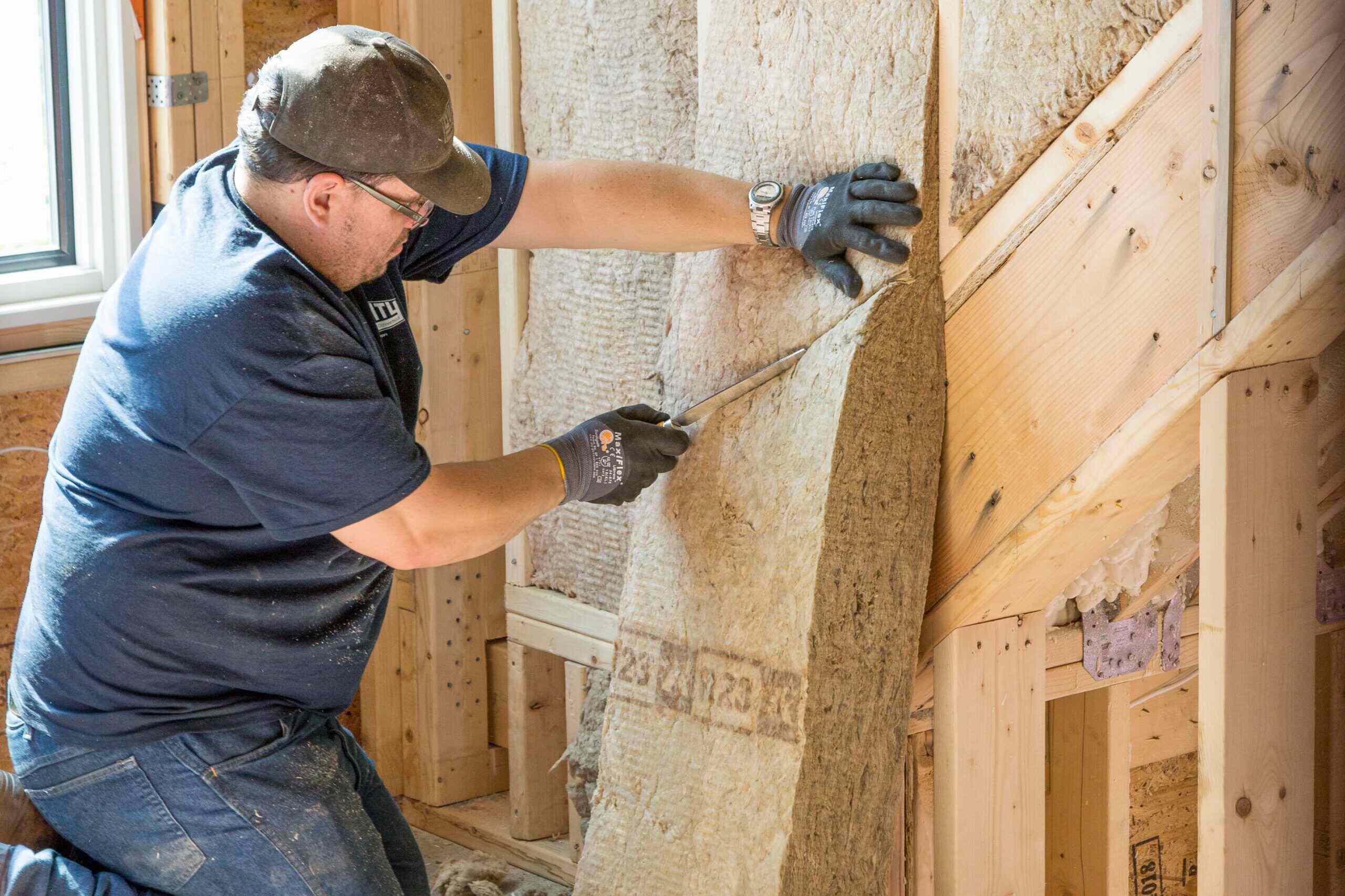
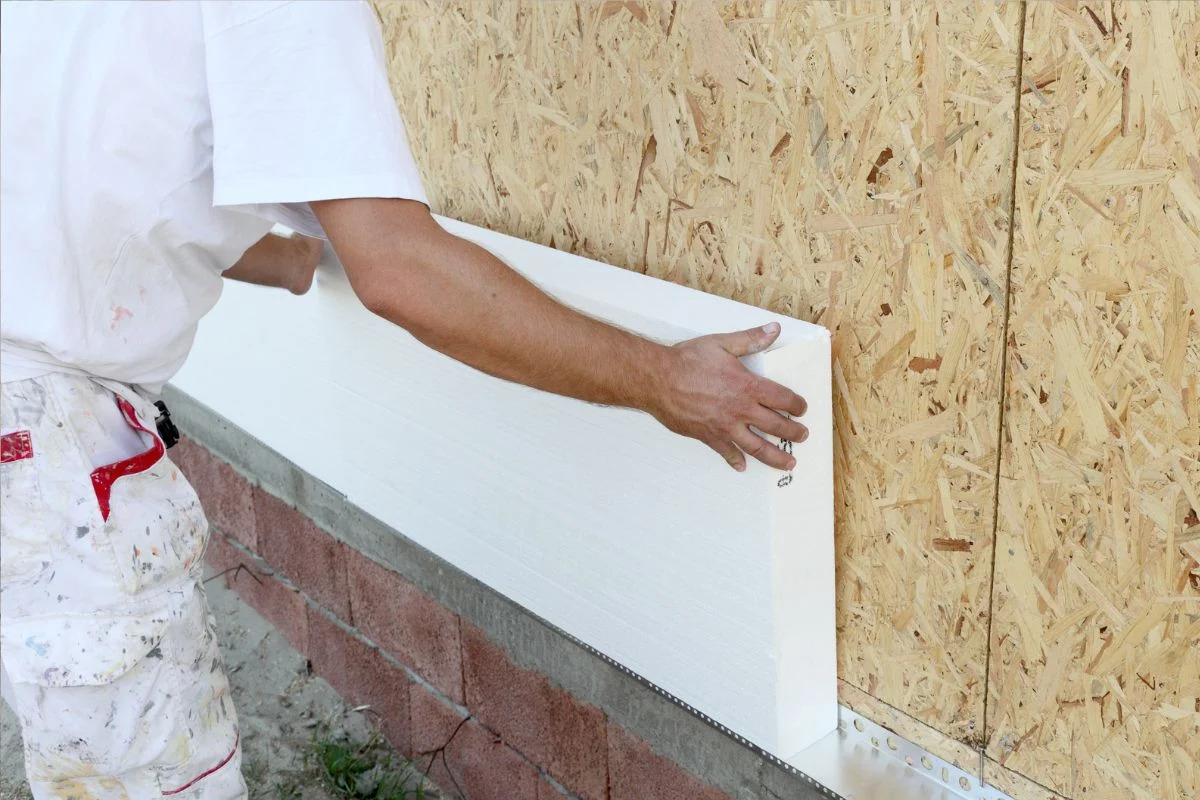
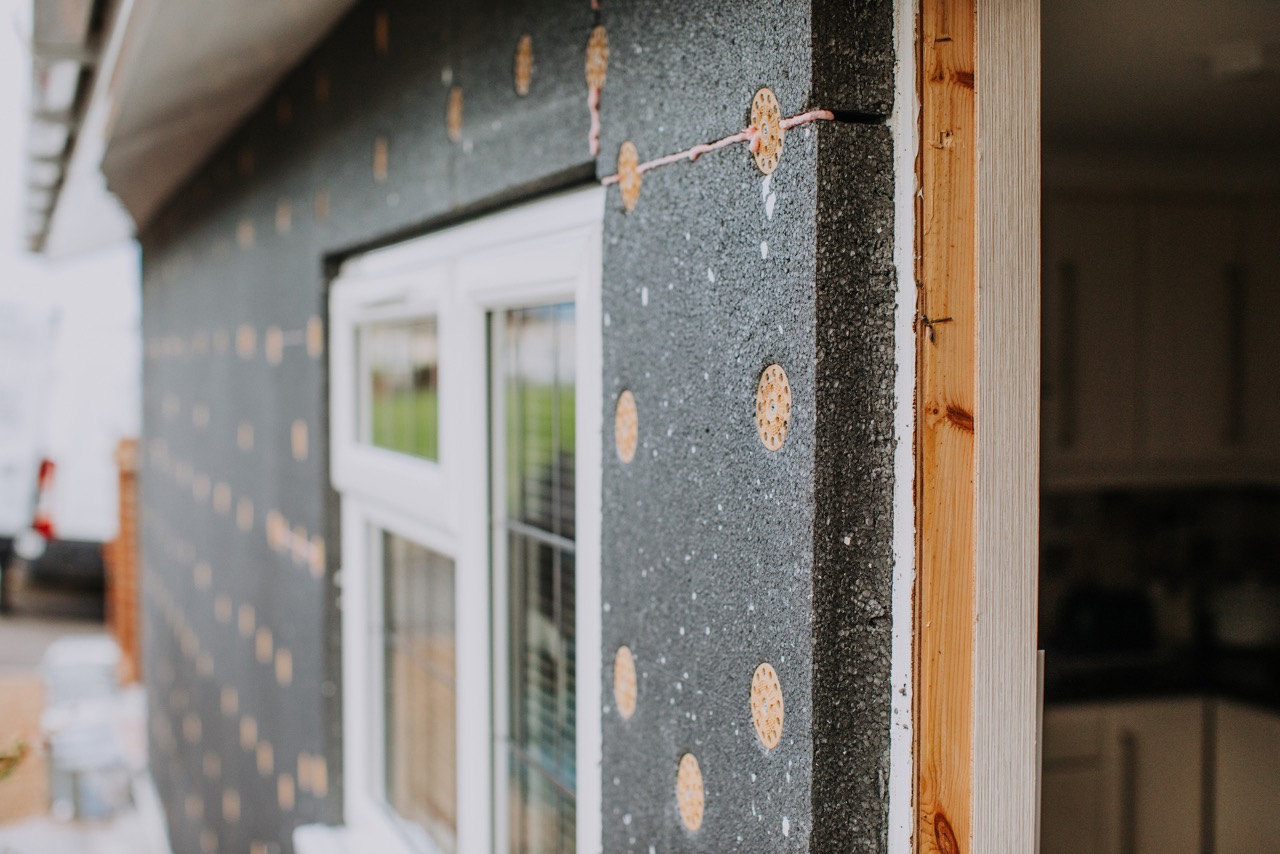
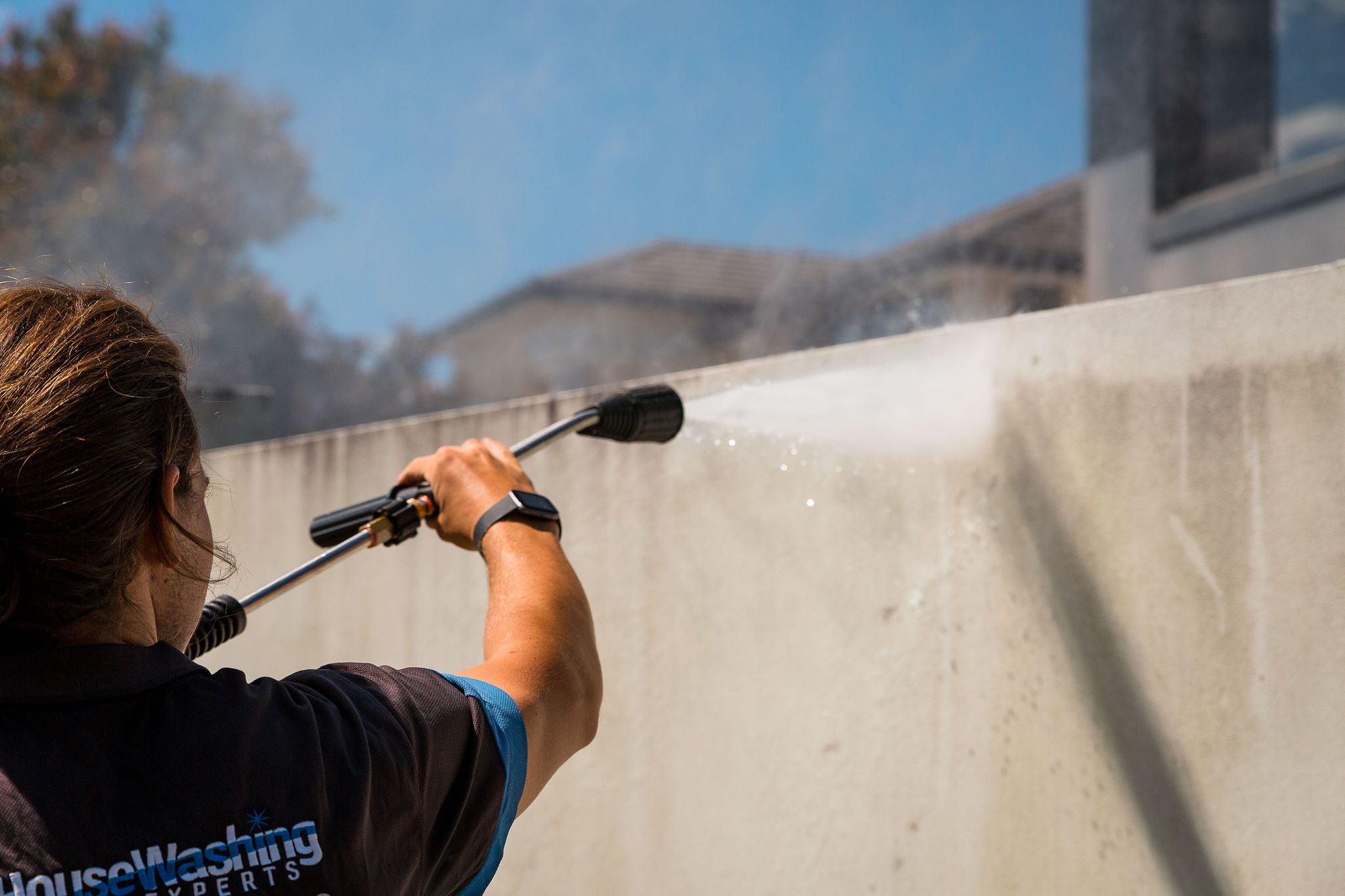
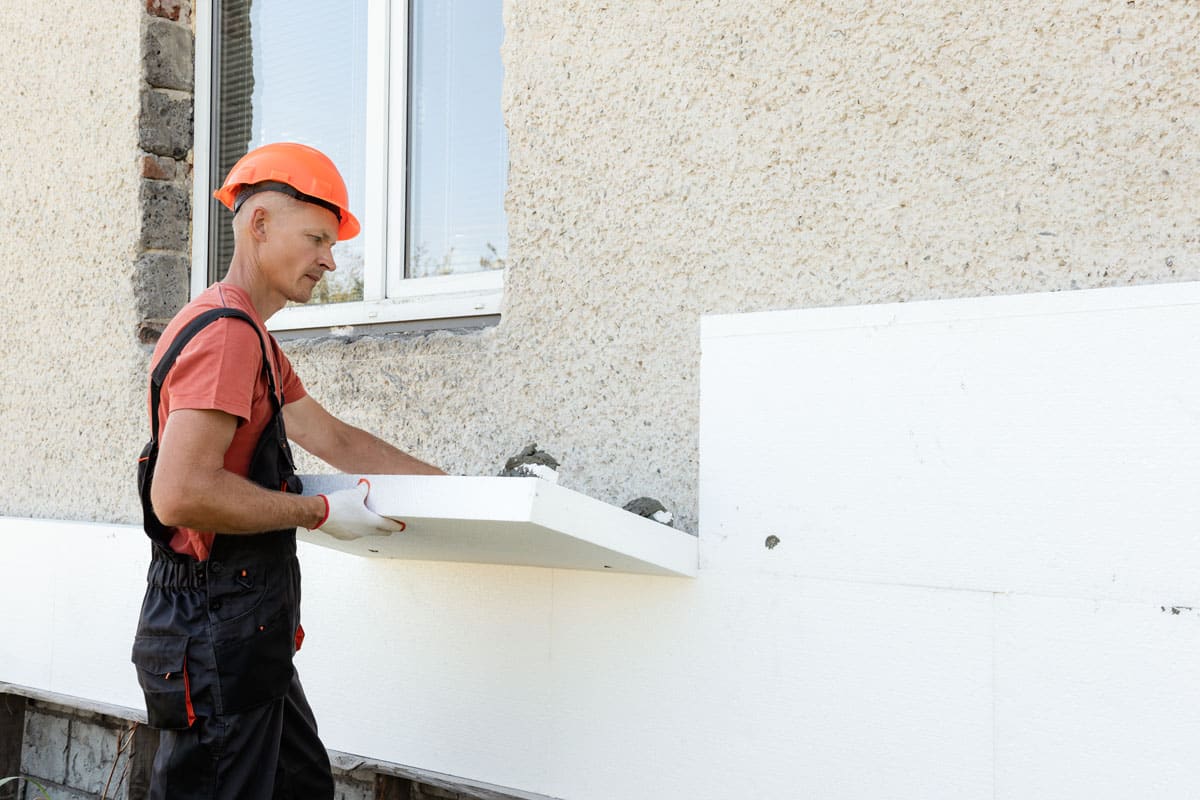
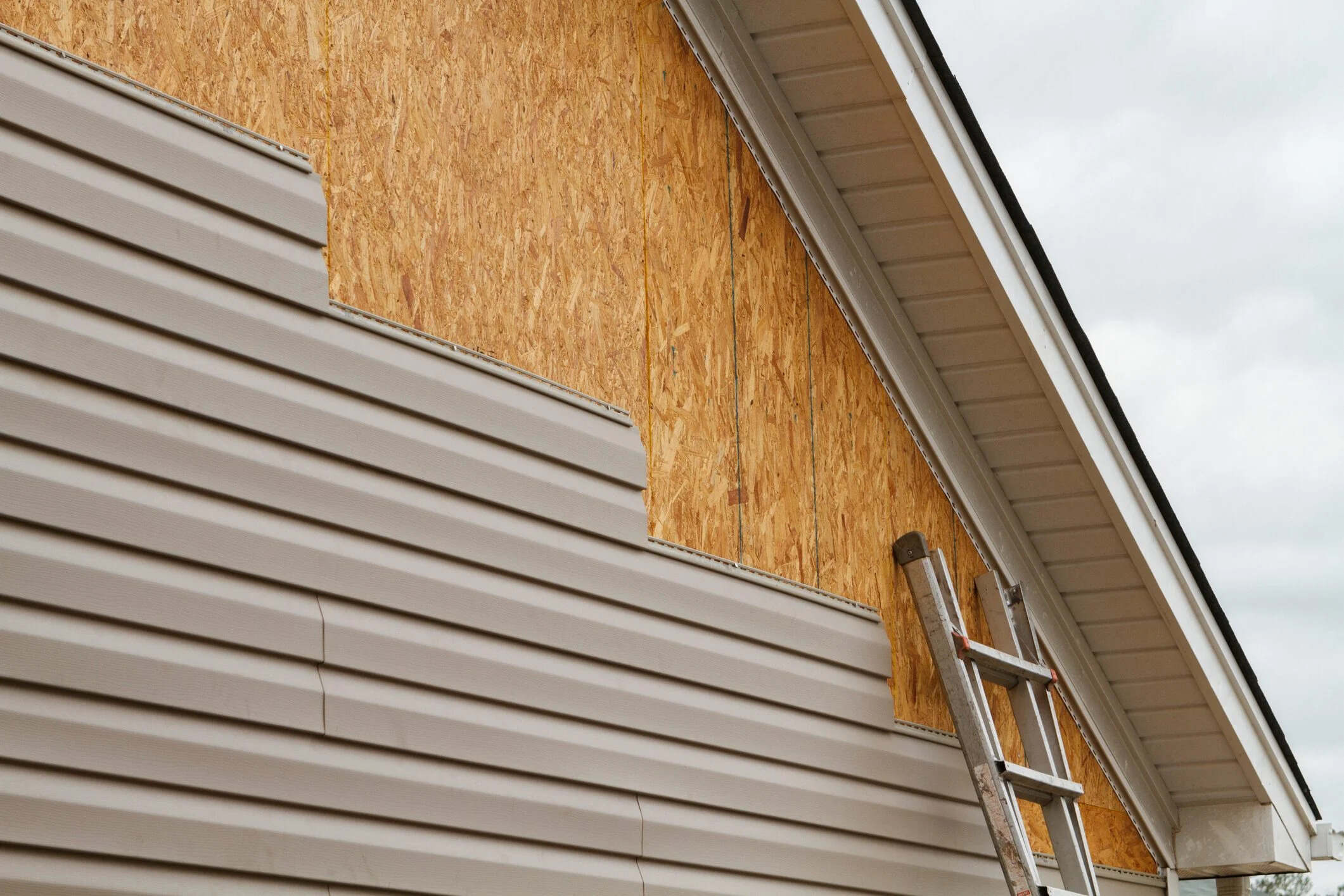
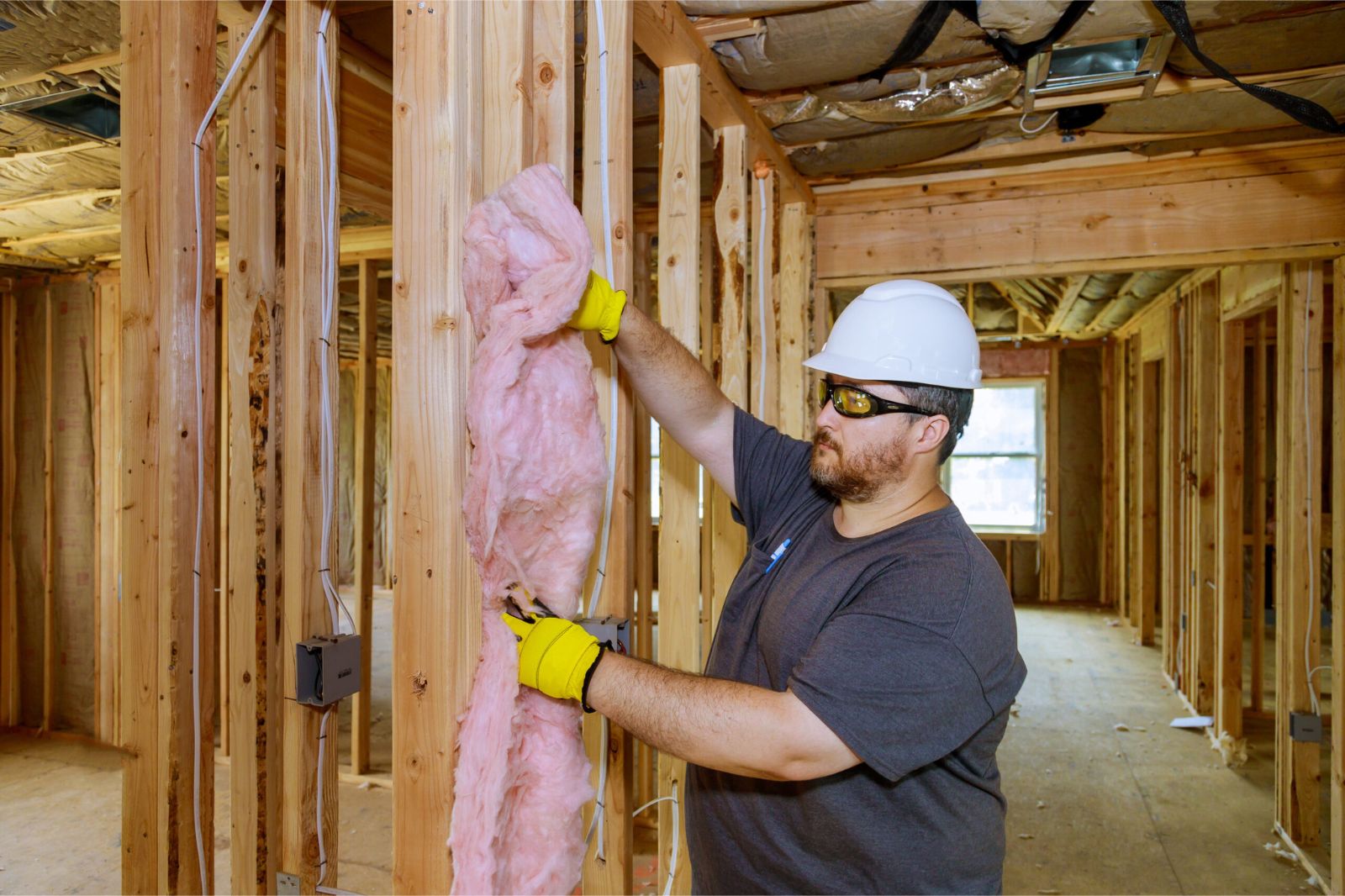
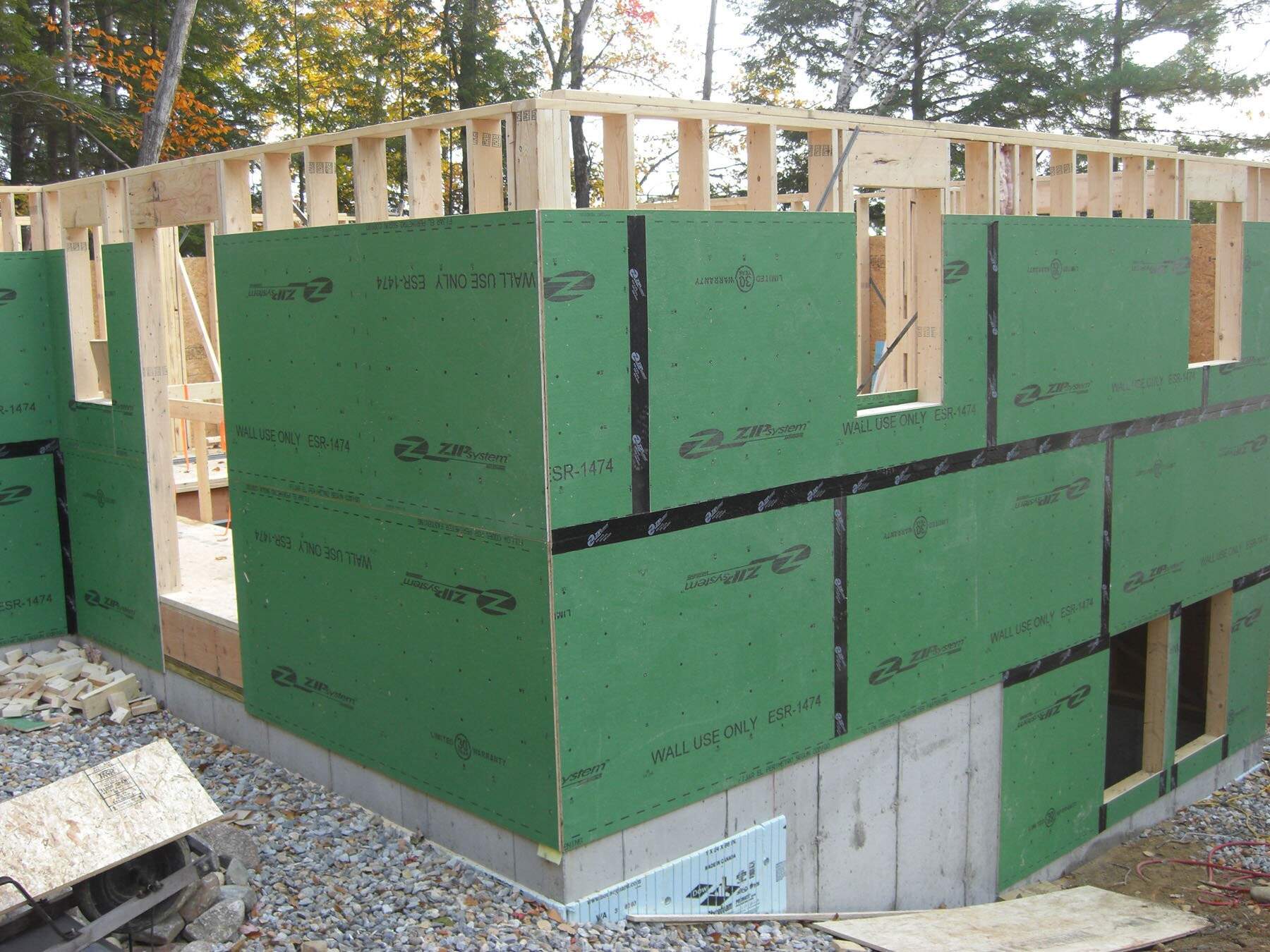
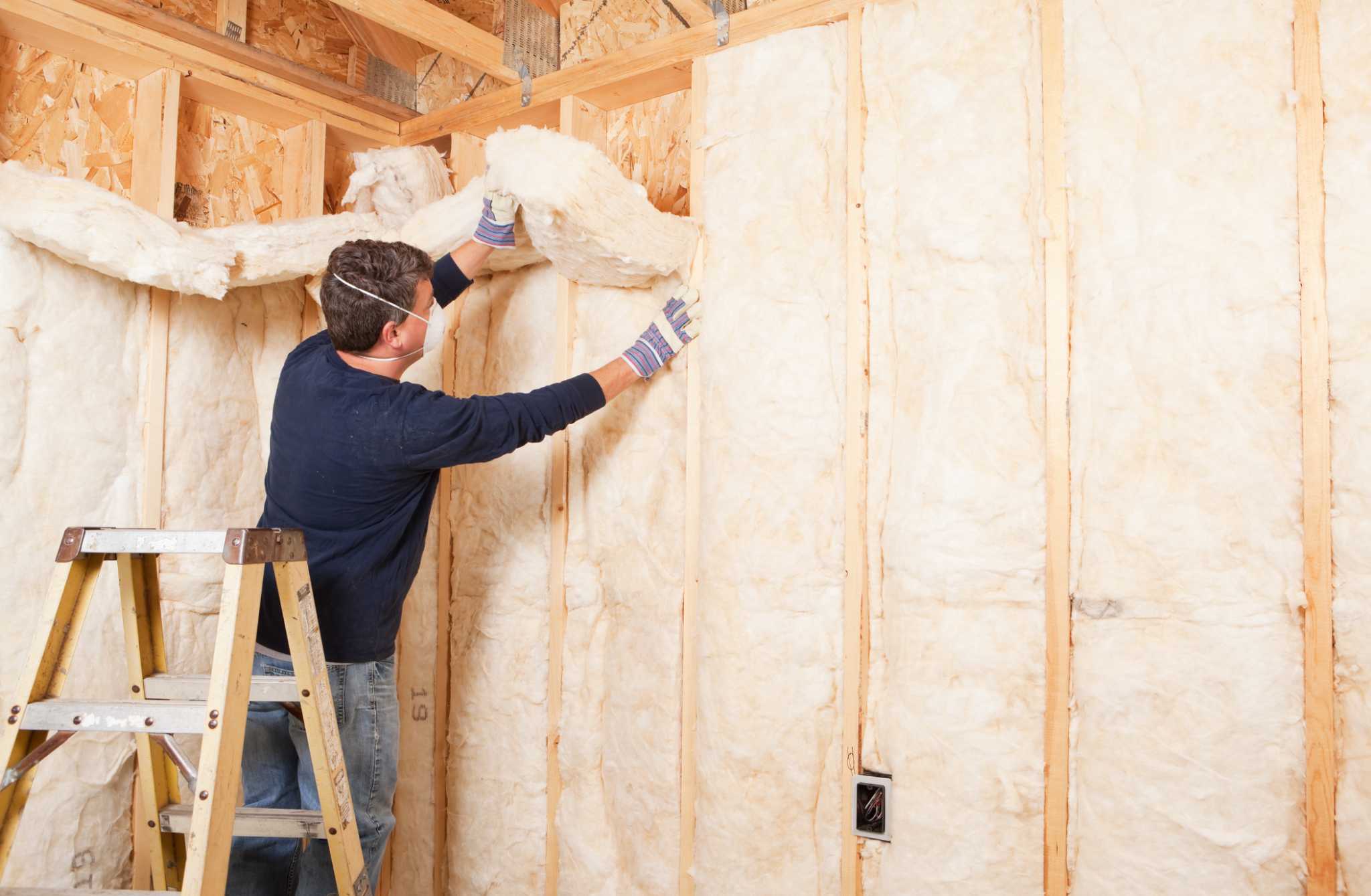

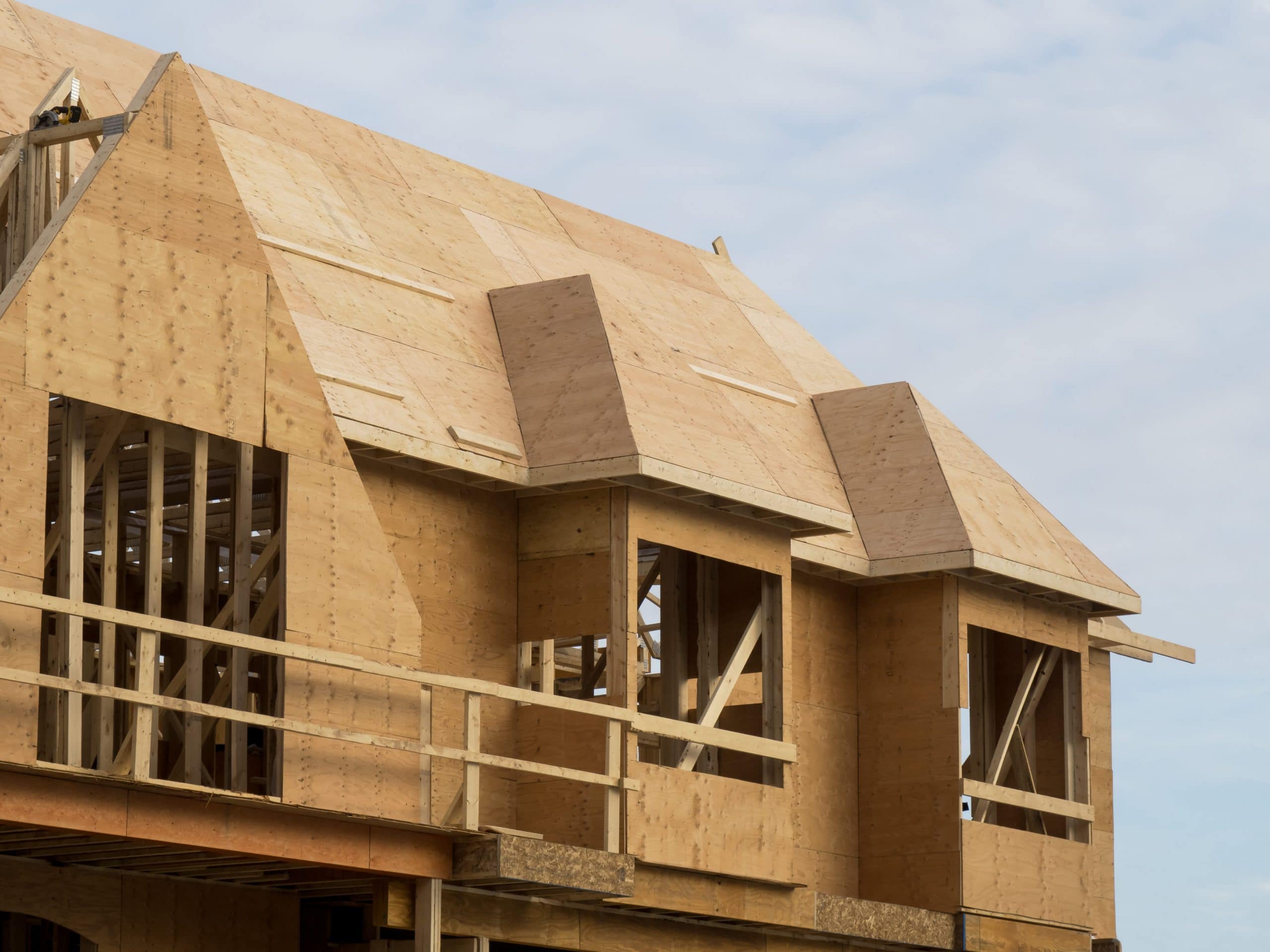
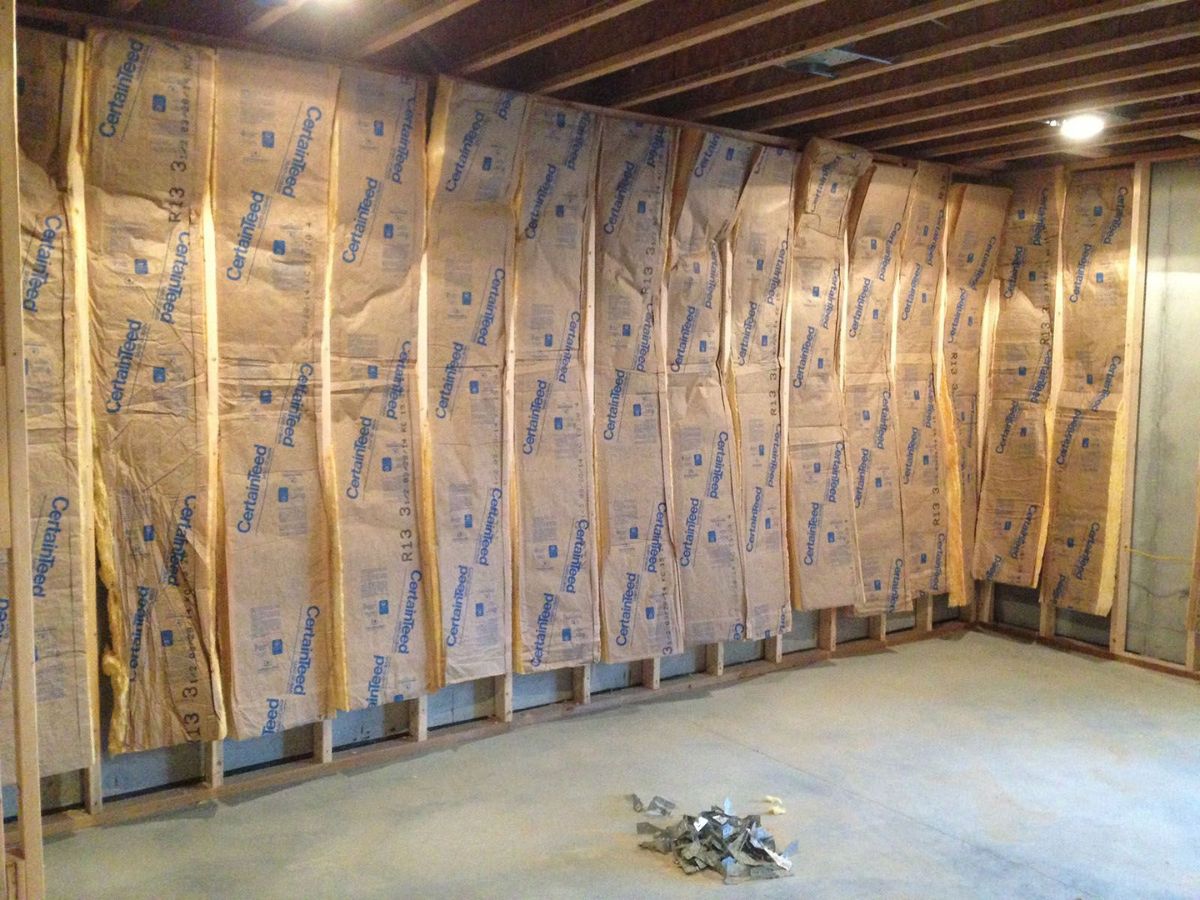
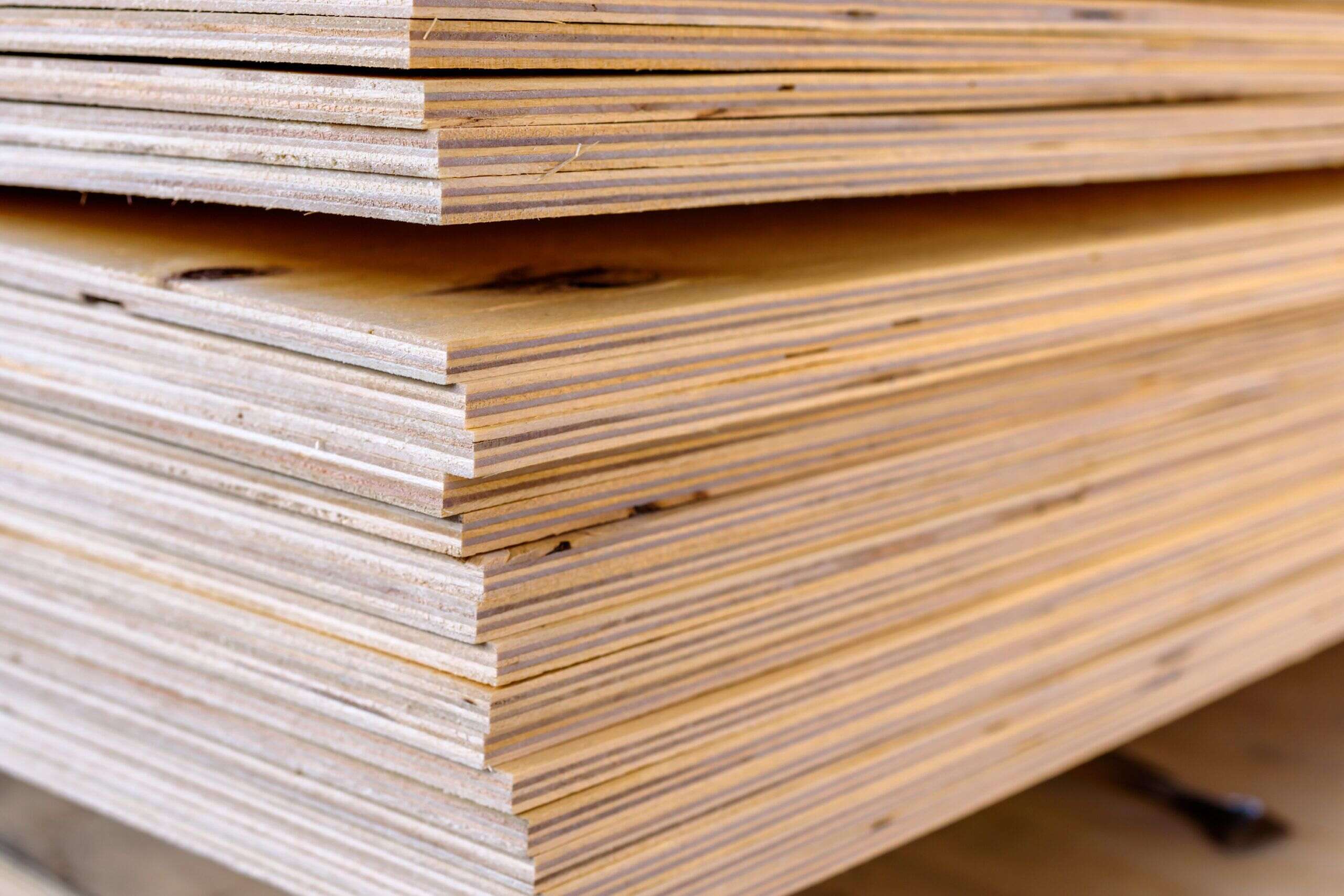

0 thoughts on “What Insulation To Use For Exterior Walls”